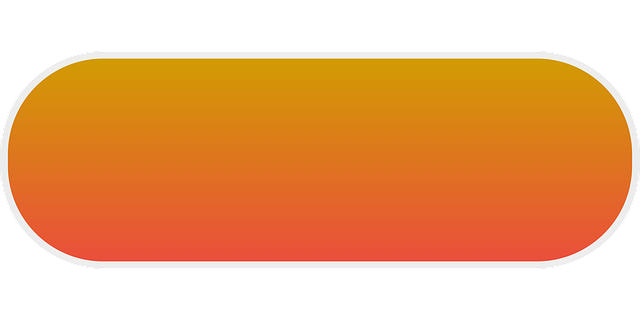AI image-based posture tracking has evolved from basic to advanced systems using machine learning and computer vision to interpret human poses from images or videos. This technology, involving high-resolution cameras or 3D scanners, pose estimation algorithms, and data analysis, offers real-time feedback in group classes, helping students maintain proper form. While it enhances engagement, privacy concerns, lighting issues, and class size impact accuracy, and instructor training is necessary to interpret AI feedback effectively, the technology revolutionizes monitoring and learning outcomes, especially in physical education or fitness settings.
“Revolutionize your group classes with AI image-based posture tracking—a game-changer in fitness and education. This technology, with its rich history in computer vision, offers unprecedented insights into participant engagement. By analyzing body positions, AI enhances class dynamics, fostering a more inclusive and effective learning environment.
Dive into this exploration of how AI tracking boosts participation, from understanding its fundamentals to examining the benefits and challenges it presents for group classes.”
- Understanding AI Image-Based Posture Tracking
- How AI Enhances Group Class Participation
- Benefits and Challenges of Implementing AI Tracking in Group Classes
Understanding AI Image-Based Posture Tracking

AI image-based posture tracking has evolved significantly over its history, transforming from rudimentary forms to advanced, sophisticated systems. This technology leverages machine learning algorithms and computer vision to analyze and interpret human poses from digital images or video feeds. By focusing on individual body parts and their relationships, these systems can provide detailed insights into a person’s posture and movement patterns.
The process involves several key steps: image capture, pose estimation, and data analysis. Modern AI systems use high-resolution cameras or 3D scanners to capture images or videos of participants in various settings, such as fitness classes or workplace environments. Advanced algorithms then process these visuals, identifying key body landmarks (like joints) and calculating angles and distances to determine the subject’s posture. This data is subsequently analyzed to assess postural alignment, identify potential issues, and provide personalized recommendations for improvement.
How AI Enhances Group Class Participation

AI image-based posture tracking is revolutionizing group class participation by providing real-time feedback to students, helping them maintain proper form and alignment. This technology goes beyond simply observing physical movements; it analyzes historical data to identify trends and patterns in participants’ postures over time. By understanding individual and collective progress, instructors can tailor their teachings more effectively.
The enhanced interactivity fostered by AI tracking encourages active engagement during classes. Visual cues generated by the system prompt students to correct their postures instinctively, leading to improved posture awareness and overall class focus. This interactive approach not only deepens the learning experience but also makes group classes more inclusive and accessible for participants of varying fitness levels and backgrounds.
Benefits and Challenges of Implementing AI Tracking in Group Classes

Implementing AI image-based posture tracking in group classes offers a plethora of benefits, revolutionizing how instructors monitor and enhance student engagement. By analyzing participants’ postures in real-time, this technology provides immediate feedback, allowing teachers to adapt their teaching strategies accordingly. This personalized approach can significantly improve learning outcomes, especially in physical education or fitness classes where correct form is paramount. Moreover, it encourages students to stay active and involved throughout the session, fostering a competitive yet collaborative environment.
Despite these advantages, challenges exist when introducing AI tracking into group settings. Privacy concerns top the list, as student data must be handled securely to ensure historical records of their physical activities remain confidential. Additionally, the technology’s effectiveness depends on various factors, such as lighting conditions and class size, which can impact the accuracy of posture analysis. Instructors also need training to interpret AI feedback and make informed decisions without relying solely on the system.
AI image-based posture tracking has come a long way, revolutionizing group class participation. By understanding its history and leveraging its benefits, fitness instructors can enhance student engagement, improve form, and ultimately foster a more dynamic learning environment. While challenges exist, such as data privacy concerns, the potential for AI to transform group classes is indelible. As this technology continues to evolve, it promises to play an increasingly vital role in navigating the future of fitness education.
